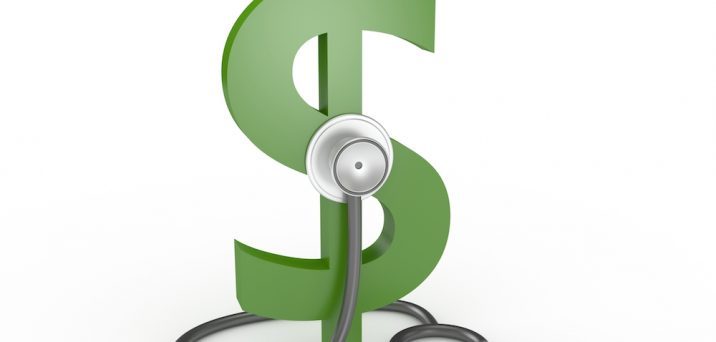
HSAs – The Best of Both Worlds
We answer the most frequently asked questions about Health Savings Accounts (HSAs).
Dec 11, 2017
As the cost of health care continues to rise, surely you’re realizing the need to control your health care costs. One of the most effective ways to accomplish this is by opening a Health Savings Account (HSA) when you enroll in a High Deductible Health Plan (HDHP).
To learn more about HSAs and how they work with an HDHP, we recommend that you review our previous blog, HSAs 101.
What are the Benefits for Me?
First and foremost, an HSA helps you to take control of your medical expenses. Because an HDHP typically has higher deductibles and co-pays, you learn to be more circumspect about how to use your health care dollars.
HSAs also have the benefit of being portable; once you have one, you can keep it even if you separate from your employer. You can continue to invest after age 65 as long as you are not enrolled in Medicare, and you can withdraw funds for eligible medical expenses after age 65 and well into retirement. This provides you with a tax-free fund to help cover Medicare premiums and the medical expenses that aren’t covered by Medicare.
How can I learn more?
At BPAS, our Participant Education Center offers materials in our Virtual Classroom to help you learn more about HSAs, as well as two HSA calculators to help you plan for savings and goals. Our Roadways HSA allows you to invest your HSA funds from the first dollar in. We also provide you with investment calculators and other tools so that you can make the choices you need to invest in your future health.
